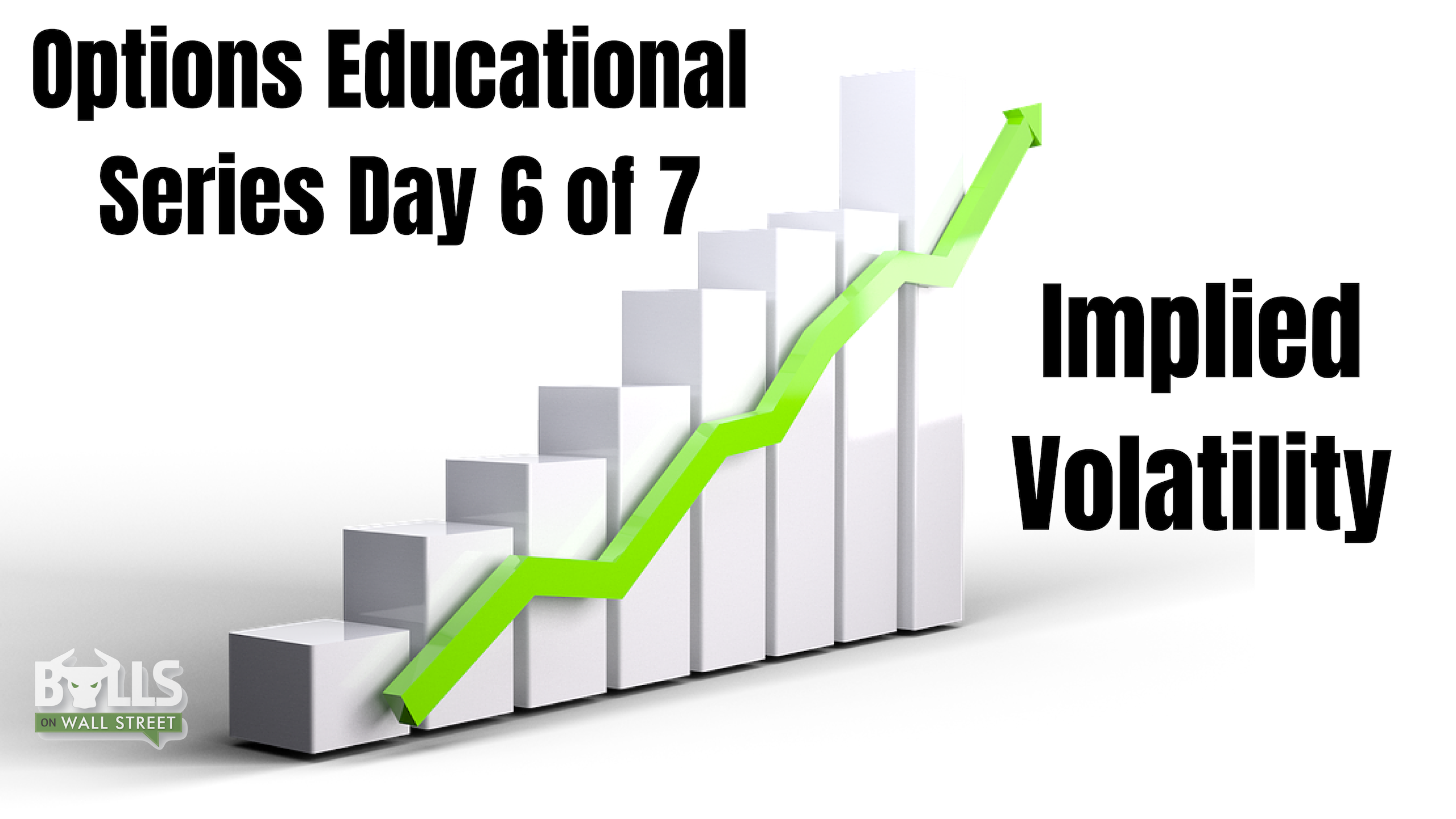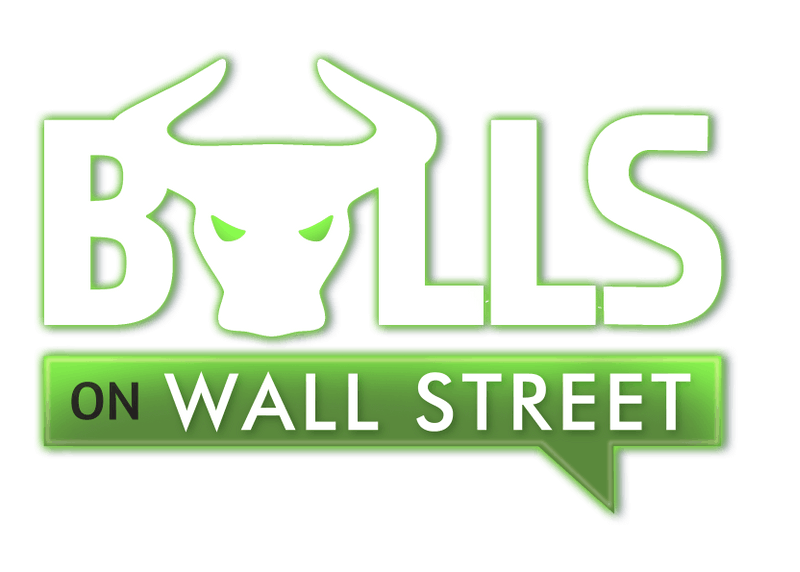 Finally giving you guys a break from the Greek terms! In yesterday’s article we discussed Theta, a crucial concept to understanding how to trade profitably. Today we will discuss another critical concept in option contract pricing: Implied Volatility (IV).
Finally giving you guys a break from the Greek terms! In yesterday’s article we discussed Theta, a crucial concept to understanding how to trade profitably. Today we will discuss another critical concept in option contract pricing: Implied Volatility (IV).
Implied Volatility Definition: Ultimate Guide for Learning to Trade Options
Share:
Facebook
Twitter
Pinterest
LinkedIn
Stock & Option Software used by Bulls on Wallstreet

Social Media
Related Posts

Day Trading Digest: Daily Stock Ideas 4/22/2024
April 21, 2024
Trading Watch List 04.22.2024
April 21, 2024
Mastering Swing Trading: 27 Essential Rules for Success
April 19, 2024

Stop Guessing.
Start Trading.
Secured Checkout Providers
- Home
- Live 60-Day Trading Boot Camp
- Day Trading
- Part Time Trading
- Events & Work Shops
- Tc2000
- Tc2000
- About
- Blog
- FAQ
- Contact